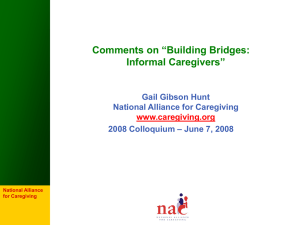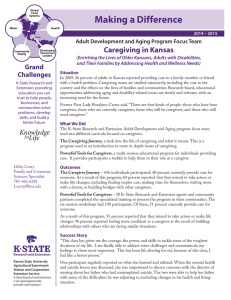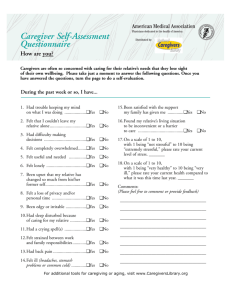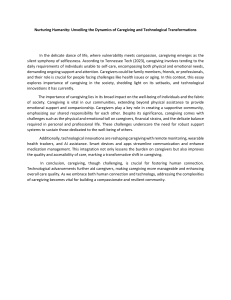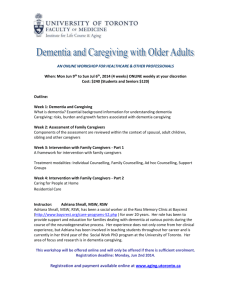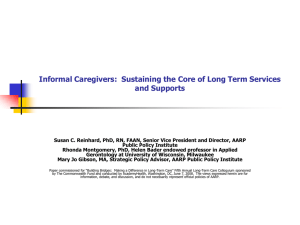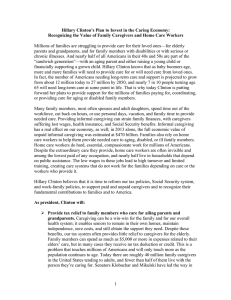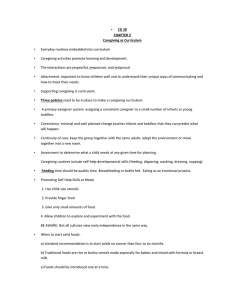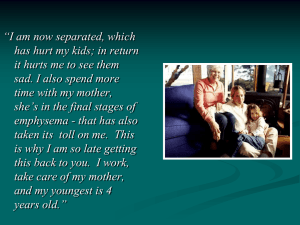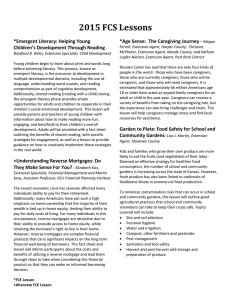Managing Conflict 5/9/2016 Overview Making sense of conflict
advertisement
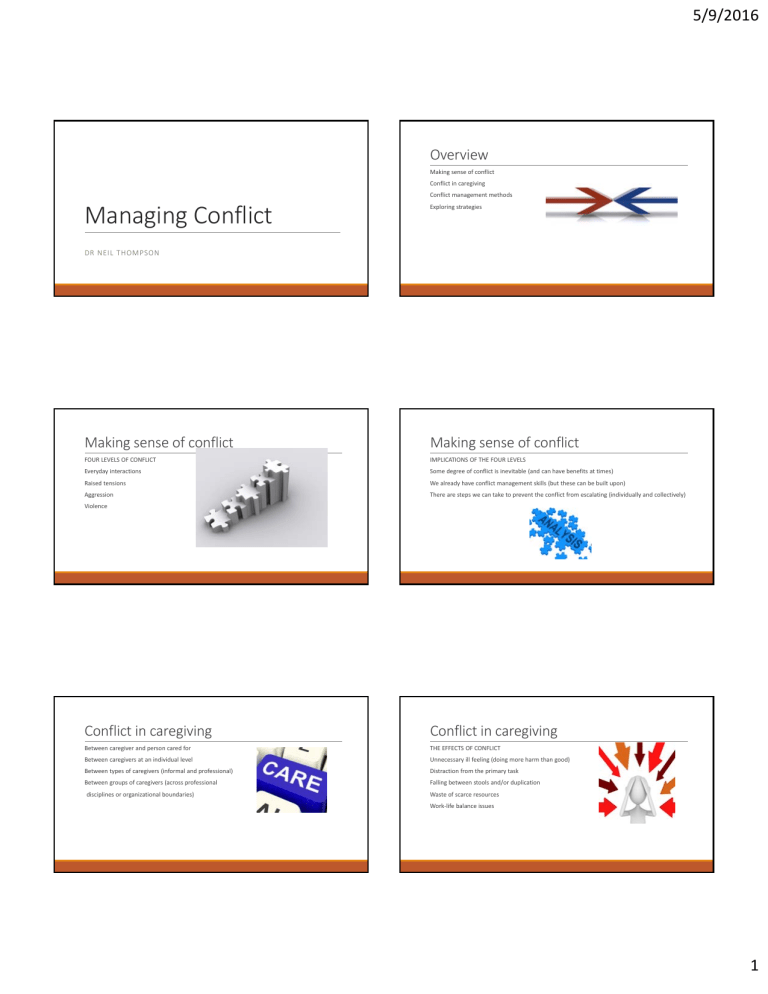
5/9/2016 Overview Making sense of conflict Conflict in caregiving Conflict management methods Managing Conflict Exploring strategies DR NEIL THOMPSON Making sense of conflict Making sense of conflict FOUR LEVELS OF CONFLICT IMPLICATIONS OF THE FOUR LEVELS Everyday interactions Some degree of conflict is inevitable (and can have benefits at times) Raised tensions We already have conflict management skills (but these can be built upon) Aggression There are steps we can take to prevent the conflict from escalating (individually and collectively) Violence Conflict in caregiving Conflict in caregiving Between caregiver and person cared for THE EFFECTS OF CONFLICT Between caregivers at an individual level Unnecessary ill feeling (doing more harm than good) Between types of caregivers (informal and professional) Distraction from the primary task Between groups of caregivers (across professional Falling between stools and/or duplication disciplines or organizational boundaries) Waste of scarce resources Work‐life balance issues 1 5/9/2016 Conflict management methods Exploring strategies Listening How can we minimize the negative effects of conflict in caregiving? Face management Shared perspectives A ‘day in court’ Mediation Dr Neil Thompson Independent writer, educator and adviser www.neilthompson.info Course director for the Avenue Professional Development Programme, an innovative online learning community for the people professions: www.apdp.org.uk. 2
